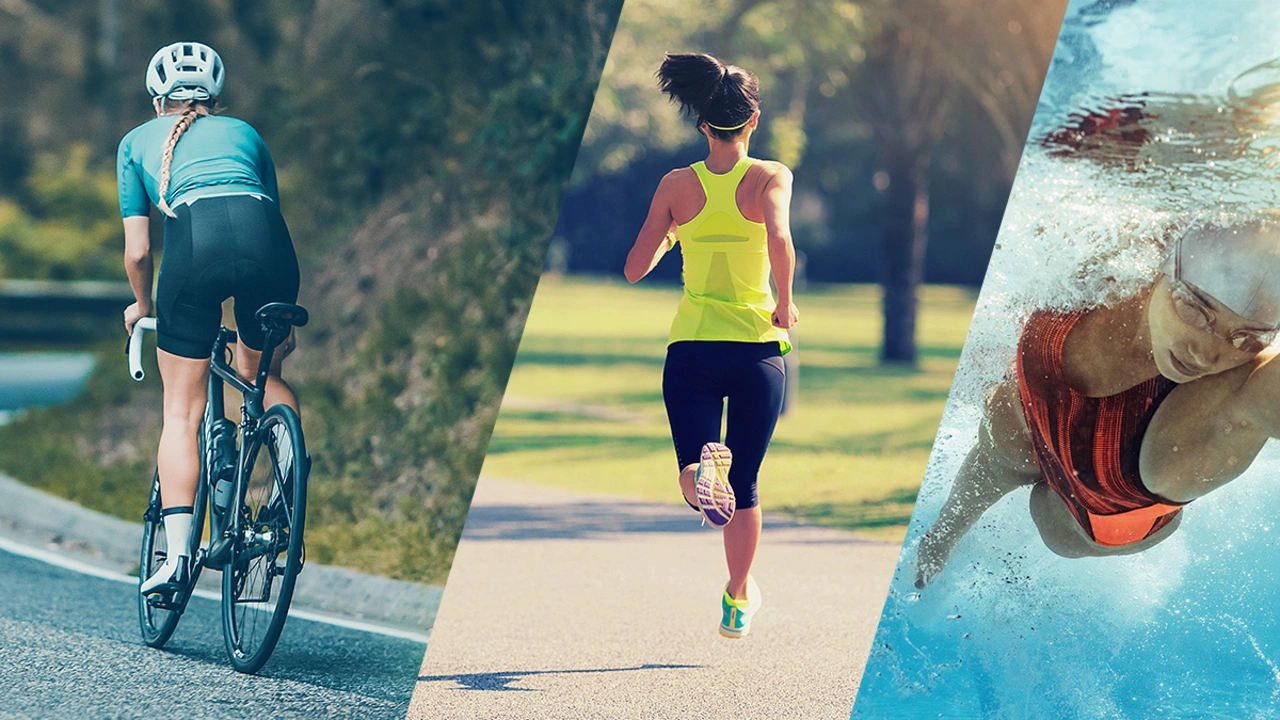Cross‑Training Essentials for Every Rider
If you spend most of your week on the bike, you’ll notice the same muscles doing the same work. That’s where cross‑training steps in – it shakes up your routine, adds new strength, and keeps your body from getting bored or injured.
Why Add Anything But Riding?
Riding a bike is great cardio, but it doesn’t hit every muscle group. Your core, upper body, and stabiliser muscles get less attention, and over‑use of the same legs can lead to tight hips, knee pain, or a plateau in performance. By mixing in a few non‑bike sessions each week, you give those neglected muscles a chance to grow and you improve balance, power, and recovery speed.
Simple Cross‑Training Ideas You Can Start Today
Strength work: Grab a set of dumbbells or use a resistance band. A few minutes of squats, lunges, deadlifts, and push‑ups three times a week adds raw power to your pedals. Focus on form, not weight – the goal is to teach your body to generate force without overloading joints.
Core stability: A strong core keeps you steady on climbs and descents. Try planks, side‑planks, and bicycle crunches. Even a 5‑minute routine after your ride can make a noticeable difference in how you handle the bike.
Cardio variety: Swap a bike ride for a brisk walk, a jog, or a rowing session. These activities challenge your heart in slightly different ways, improve lung capacity, and give your legs a break from the repetitive motion of pedalling.Flexibility and mobility: Stretching isn’t just for yoga class. Simple hip flexor stretches, hamstring rolls, and foam‑roller sessions keep your range of motion wide, which translates to smoother pedalling and fewer aches after long rides.
Stationary bike intervals: If you have an indoor bike, use it for high‑intensity intervals. 30 seconds all‑out, followed by 90 seconds easy, repeated 8–10 times, builds the same leg power as a hill sprint but without the traffic or weather worries.
Mixing these activities into a weekly plan is easier than you think. Start with one extra session each week – maybe a 20‑minute bodyweight circuit on a Tuesday and a short yoga flow on Thursday. As you feel stronger, add a second strength day or a longer swim. The key is consistency, not intensity.
Cross‑training also helps with mental freshness. After a week of endless miles, a change of scenery can reignite your love for the sport. You’ll return to the bike feeling refreshed, with a new set of muscles ready to push harder.
Remember to listen to your body. If a new exercise feels painful, scale back or swap it for a gentler option. The goal is to support your cycling, not replace it.
Give these ideas a try, track how you feel on your rides, and watch your performance climb. Cross‑training isn’t a fancy trend – it’s a practical, everyday tool for every cyclist who wants to ride stronger, longer, and injury‑free.
How does cycling make you a better runner?
In my experience, cycling can greatly enhance your running skills. It's an excellent cross-training exercise that builds strength in your legs, particularly in areas that running doesn't typically target, leading to overall improved performance. Cycling also offers a low-impact alternative to running, which can help reduce the risk of injuries from overuse. Plus, it's a great way to boost your cardiovascular fitness, which is key for long-distance running. Lastly, cycling can help improve your running cadence, making your steps more efficient and faster.
More